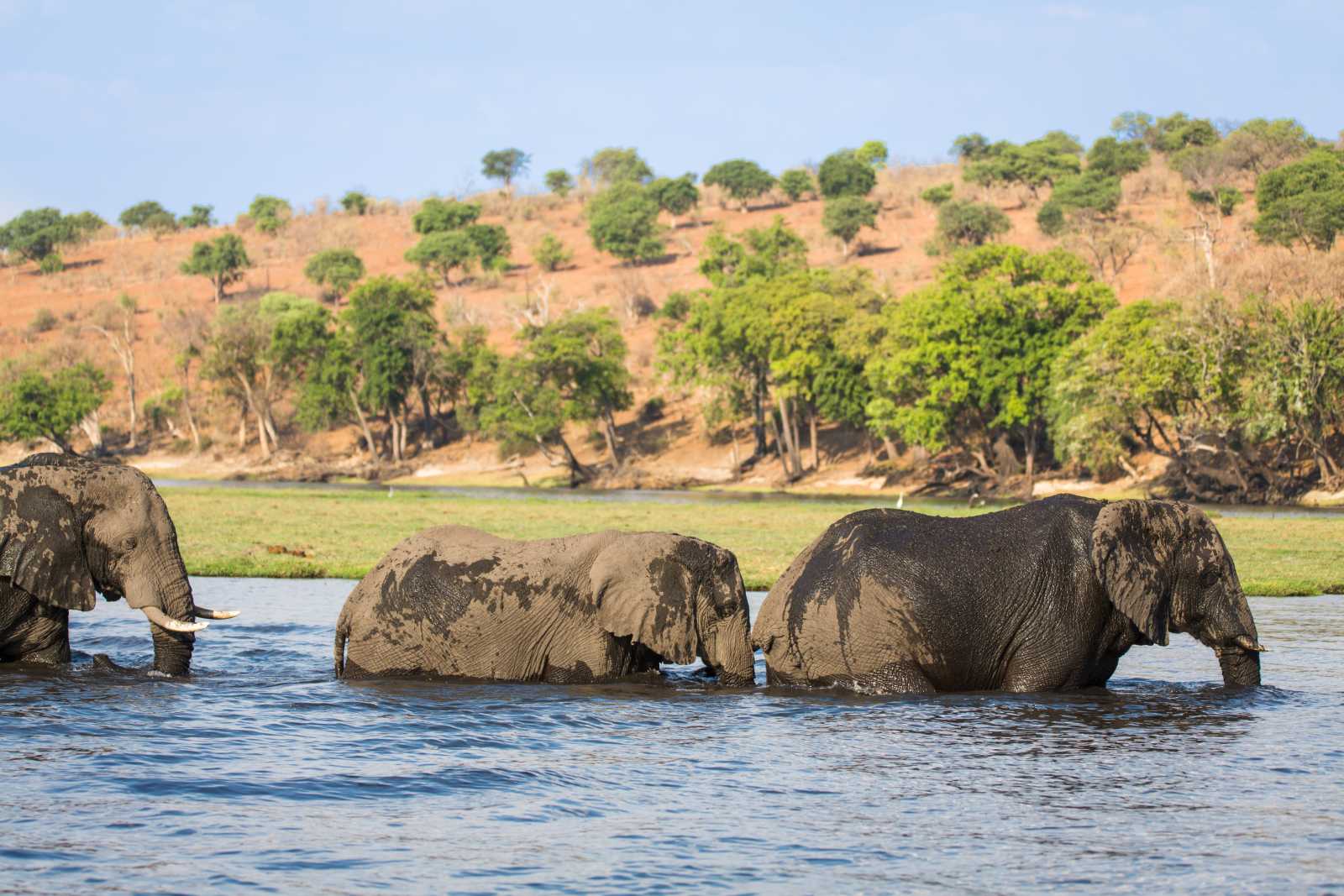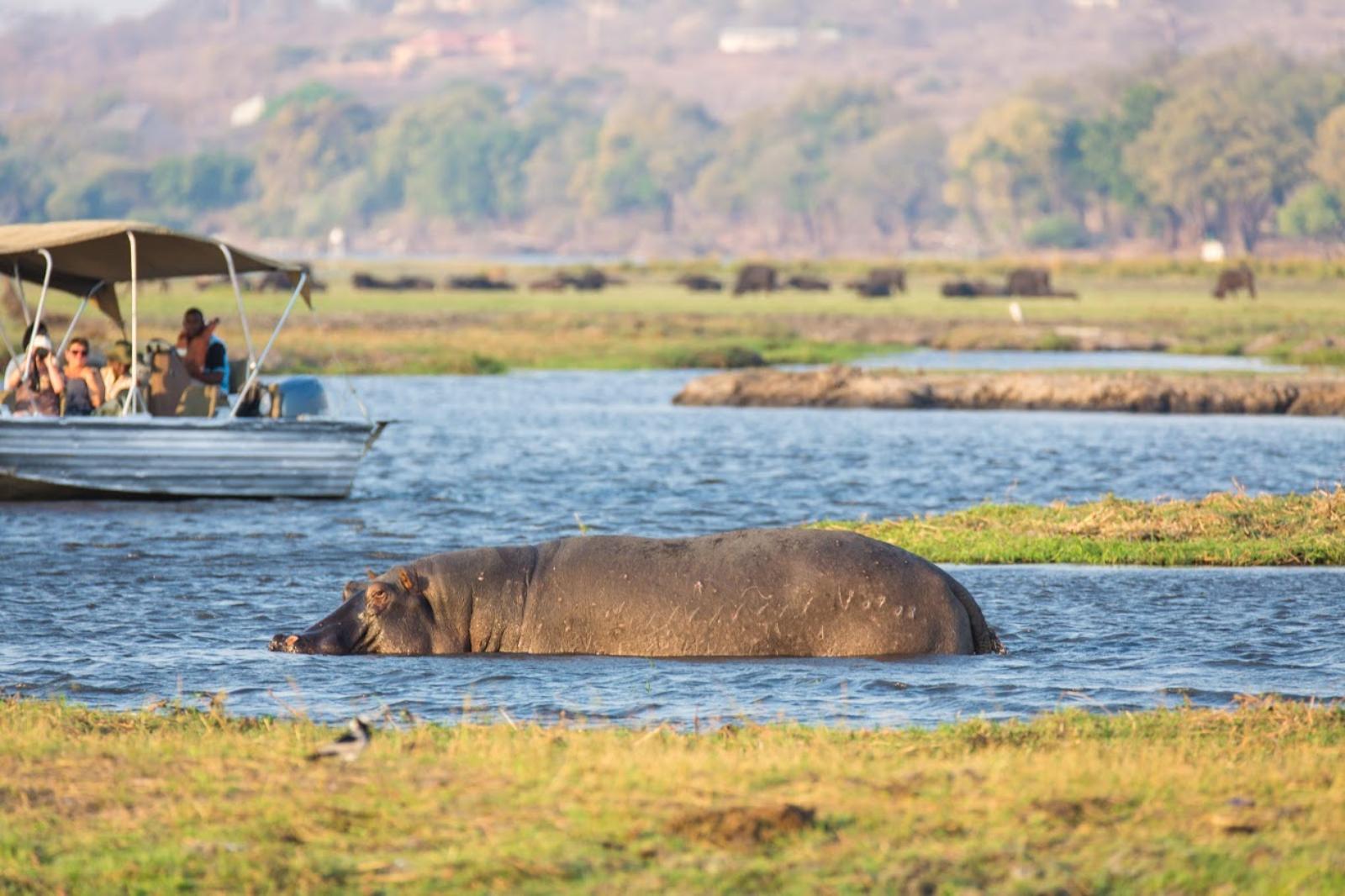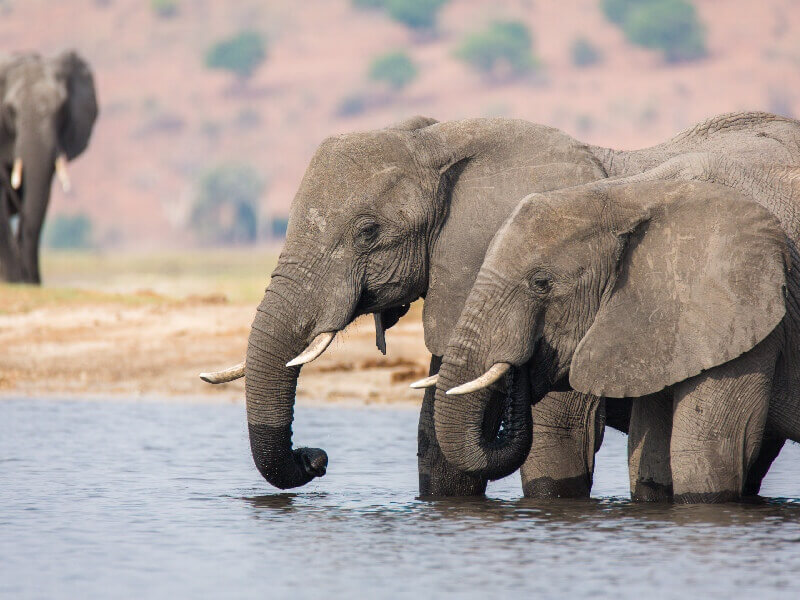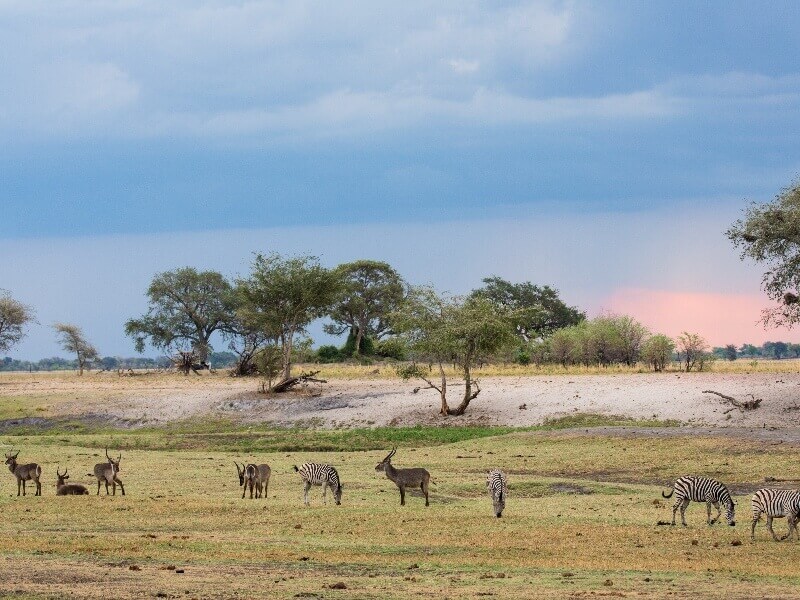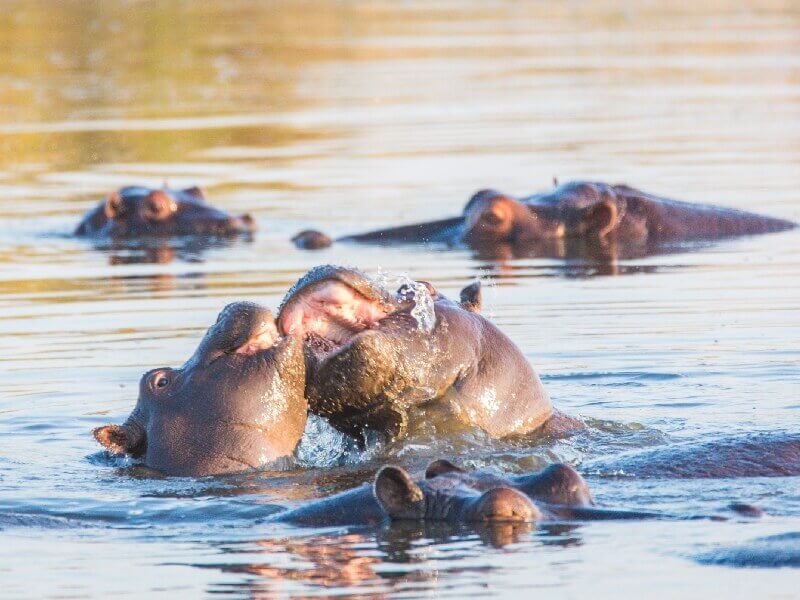Overview
Nestled in the north of Botswana, Chobe National Park sprawls across an impressive 11,700 sq. km., making it one of Africa’s largest wildlife refuges. It is known for its stunning landscapes, and the iconic Chobe River. Distinct for its rich elephant population, the park is a unique haven where guests can witness vast herds alongside an array of other spectacular wildlife, including lions, buffaloes, leopards and countless bird species. Beyond its natural wonders, Chobe offers an authentic safari experience, with breathtaking landscapes and pristine ecosystems. Visiting Chobe promises not just a wildlife spectacle but a true journey into wild Africa.



